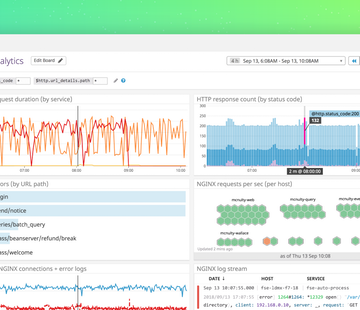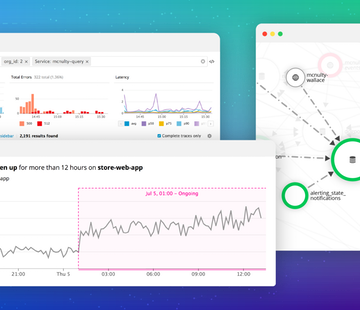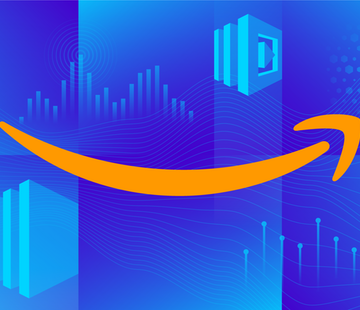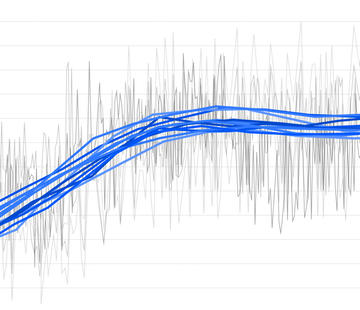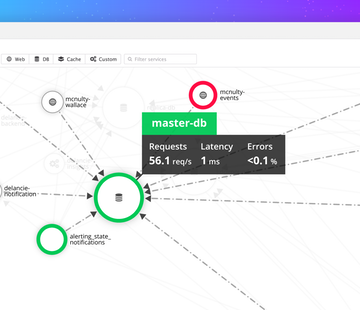Key metrics for monitoring Pivotal Cloud Foundry
In the first part of this series, we outlined the different components of a Pivotal Cloud Foundry deployment and how they work together to host and run applications. In this article we will look at some of the most important metrics that PCF operators should monitor. These metrics provide information that can help you ensure that the deployment is running smoothly, that it has enough capacity to meet demand, and that the applications hosted on it are healthy.




